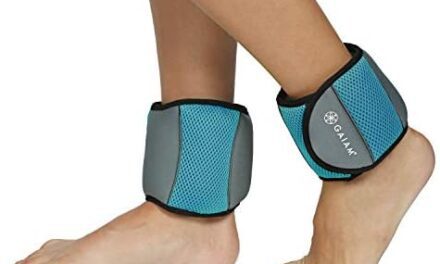The realm of sports and physical activity is an exhilarating space filled with challenges and rewards. However, it also harbors potential risks, including injuries that can hamper an athlete's career and wellbeing. This is where the role of a Certified Athletic Trainer (CAT) becomes pivotal. Far from being mere sideline spectators, CATs are highly qualified professionals who specialize in preventing, diagnosing, managing, and rehabilitating injuries related to physical activity.
What is a Certified Athletic Trainer?
A Certified Athletic Trainer is a healthcare professional who has obtained a certification from the Board of Certification for the Athletic Trainer (BOC). This certification is a testament to the extensive education and training CATs undergo in various domains such as injury prevention, emergency care, clinical diagnosis, therapeutic intervention, and rehabilitation of injuries and medical conditions. To maintain certification, a CAT must complete continuing education, which ensures they remain knowledgeable about the latest in healthcare protocols and athletic training practices.
Educational and Certification Requirements
To become a certified athletic trainer, one must complete a rigorous academic and practical training program. This typically includes earning a bachelor's or master's degree from an accredited athletic training program and passing a comprehensive certification exam administered by the BOC. These programs cover a broad spectrum of subjects from human anatomy and physiology to nutrition, biomechanics, and psychological approaches to injury management. Practical training is also a significant component, with students gaining hands-on experience under the supervision of experienced trainers.
Roles and Responsibilities
CATs play a multifaceted role within the sports industry, healthcare settings, and wherever physical activity is a component of the daily routine. Some of their key responsibilities include:
- Injury Prevention: CATs collaborate with athletes to design and implement comprehensive injury prevention programs, which may include educating on proper practices, advising on appropriate equipment, and tailoring conditioning programs to meet individual needs.
- Emergency Care: In the event of an injury, CATs provide immediate care. This includes making split-second decisions regarding the severity of injuries and implementing emergency action plans when necessary.
- Clinical Diagnosis: CATs are skilled in evaluating the extent and nature of an injury. They work in conjunction with physicians to provide a clinical diagnosis and develop a plan of care.
- Therapeutic Intervention and Rehabilitation: Following a physician's diagnosis, CATs orchestrate and administer individualized rehabilitation programs to ensure a safe and efficient return to play.
- Administration and Professional Development: Beyond direct care, CATs often manage health care administration tasks and commit to ongoing professional development to enhance their skills and knowledge.
Settings and Opportunities
The role of a certified athletic trainer is not confined to the athletic field. While many work with sports teams, from amateur to professional levels, CATs are also found in various settings, including:
- Schools and universities
- Hospitals and rehabilitation clinics
- Corporate wellness programs
- Law enforcement and military
- Performing arts
In each setting, CATs apply their expertise to ensure the health and safety of individuals engaged in physical activity, emphasizing their indispensable role in promoting a culture of health through sports and exercise.
Conclusion
The path of a Certified Athletic Trainer is one of dedication, skill, and a deep commitment to the well-being of athletes and active individuals. Through their comprehensive educational background, a wide range of responsibilities, and the diverse settings in which they operate, CATs play a crucial role in the preventative care, emergency response, and rehabilitation of sports and activity-related injuries. Their contribution not only aids in the safe and rapid recovery of athletes but also in the broader promotion of health, physical activity, and wellness in society.





